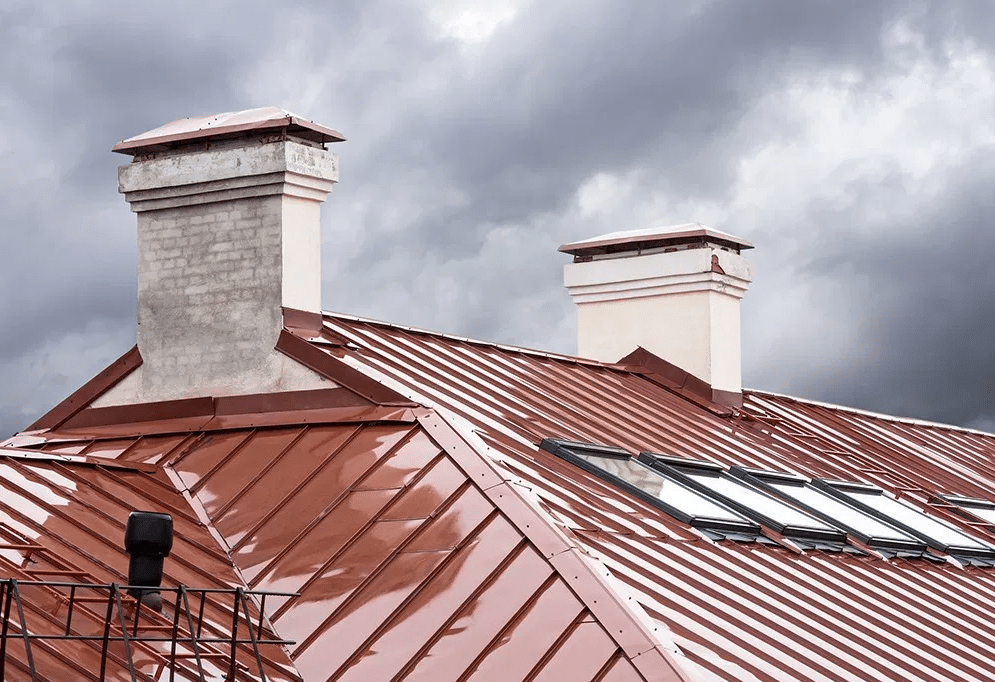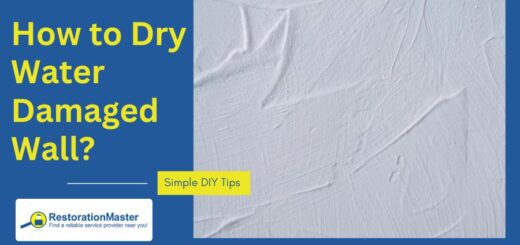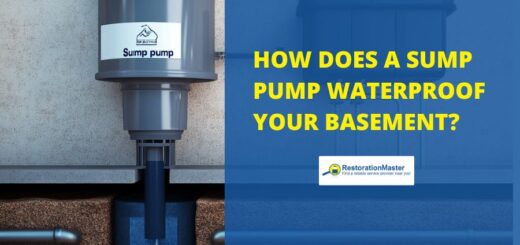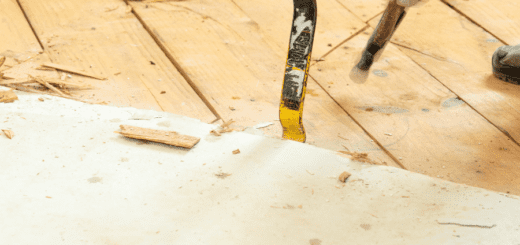Commercial Water Damage: How Businesses Can Minimize Loss and Downtime
Water damage to a commercial business can leadLead is a heavy metal that can be toxic to humans, especiall... More to significant downtime and losses. The longer the business remains closed, the greater the chances customers will flock to the competitors. When commercial water damage strikes, take these steps to minimize the negatives.
What causes commercial water damage?
A wide range of common scenarios can cause water damage to a retail property. When water damage occurs, it is costly to repairRepair is the act of fixing or restoring damaged property, m... More. If restorationRestoration is the process of returning a property to its pr... More is delayed, the existing water damage can spread and destroy even more areas within the commercial building.
- One common source of water leaks is the HVAC system. Clogged drains, malfunctioning condensate pumps, and frozen evaporator coils can cause the air conditioning unit to fail. The HVAC fails because of a lack of regular maintenanceMaintenance is the routine care, inspection, and repair of a... More; these units must remain clean of dirt and debris.
- The amount of water that leaks from an HVAC unit is not insignificant. In one manufacturing plant, the amount of water that leaked from a failed air conditioner was 12,000 gallons. The business lost $12 million in revenue and cleanup costs and had a need for regulatory approval.
- Pipes, toilets, and sinks are frequently used in commercial buildings. As a result, plumbing leaks can occur and cause major water damage. About 250 gallons a day can leak from a crack as small as 1/8 of an inch. The water damage affects surrounding walls and ceilings, adding to the cost of repairs.
- The most prevalent cause of water damage in commercial properties is a roof leak. Rain, snow, wind, and poor maintenanceMaintenance is the routine care, inspection, and repair of a... More contribute to the water leaks on the rooftop. Rainwater pools on flat roofs, straining the roofing structureStructure refers to the framework or components of a buildin... More and membranes. Exposure to harsh elements requires regular roof repairs.
Why should businesses plan ahead?
Any of the abovementioned scenarios can occur unexpectedly. Businesses must assess their risks and plan ahead of a water damage disaster. Partner with a water damage restorationWater damage restoration is the professional process of clea... More service that can mitigateTo mitigate is to reduce or limit the severity of damage, ri... More the losses and work with the insurance company to expedite the claim.
A qualified vendor will customize a restorationRestoration is the process of returning a property to its pr... More plan, factoring in the unique needs of the business. This vendor will work with the insurance company prior to a water damage incidentAn incident is an event or occurrence that causes damage, di... More so that the insurer accepts their involvement well before disaster hits.
Reputable water damage restorationWater damage restoration is the professional process of clea... More contractors are available 24 hours a day and respond quickly to emergency situations. If property loss occurs, the vendor supports an insurance claim by documenting the extent of damage with photos and video. They serve as an advocate, helping the business stay open.
How do businesses minimize losses and downtime?
If a water damage event has occurred, stop the damage.
- Identify the source of the leak, such as a hole in the roof or leaking pipes. Shut off the water main for water damage that is due to a burst or leaky pipe; this helps prevent further damage.
- Contact the insurance company as soon as possible and notify them of the incidentAn incident is an event or occurrence that causes damage, di... More. Provide the insurer with evidence of the water damage by taking ample photos and videos. If prior disaster planning was conducted, the insurer will be aware of the water damage restorationWater damage restoration is the professional process of clea... More service chosen.
- It’s important to be proactive and choose a water damage restorationWater damage restoration is the professional process of clea... More contractor ahead of needing one. The business owner—not the insurance company—is responsible for selecting a restorationRestoration is the process of returning a property to its pr... More service that can minimize downtime when a water damage emergency occurs.
How do businesses prevent water damage?
Businesses can take steps to decreases the chances that water damage will be severe.
- Especially in colder geographical areas, insulating the pipes can prevent them from freezing and bursting. Wrap the pipes with insulationInsulation is a material used in buildings to reduce the tra... More, which is available from local hardware stores.
- Set the thermostatA thermostat is a device that monitors and regulates tempera... More so that it is no less than 50 degrees, even when the building is vacant on weekends or nighttime. Maintaining warmth inside the building ensures the pipes will not freeze. Try to avoid significant temperature fluctuations during the day and night—which can also cause frozen pipes.
- Inspecting and cleaning the gutters on the commercial building can help prevent water damage to the exterior and interior walls. Perform regular inspections, checking the gutters, downspouts and drainage systems. Clear away debris so that water drains freely and away from the building.
- Structural damage can occur on the roof if snow and ice regularly accumulate. Business owners are advised to know their roof’s load-bearing capacity. In winter, check that the weight of snow and ice do not extend beyond this limit. Remove snow from the roof, which also helps prevent ice dams.
- Schedule routine inspections and maintenanceMaintenance is the routine care, inspection, and repair of a... More to the HVAC system. Even a minor leak in the unit can be responsible for major and costly water damage inside a commercial building. Regular inspections, however, significantly reduce the risk of expensive cleanup and property loss.
Water damage to a commercial property can leadLead is a heavy metal that can be toxic to humans, especiall... More to a host of aggravations. Water can seep into the building and cause damage to the carpets, drywall, inventory, and equipment. MoldMold is a type of fungus that grows in damp or humid conditi... More growth is a high risk when moisture is left unaddressed. The business may have to temporarily close for cleanup.
Call a Water Damage Restoration Company
Water damage is a potential threat to every commercial business. But by working with a reputable water damage restoration service, you ensure that your company will resume operations as quickly as possible and minimize losses.
A swift response by our professional crews helps mitigateTo mitigate is to reduce or limit the severity of damage, ri... More your losses. We begin extracting the excess moisture using high-tech equipment. Technicians then dry the premises with powerful dryingDrying is the process of removing moisture from materials, s... More machinery.
Upon dryingDrying is the process of removing moisture from materials, s... More affected building materials and restoring wet carpeting, we apply an anti-microbial to prevent moldMold is a type of fungus that grows in damp or humid conditi... More growth. If moldMold is a type of fungus that grows in damp or humid conditi... More has developed, our technicians begin our effective mold remediationMold remediation is the process of identifying, removing, an... More process. A final inspectionInspection is the careful examination and assessment of a pr... More is conducted to ensure all moisture has been removed.














